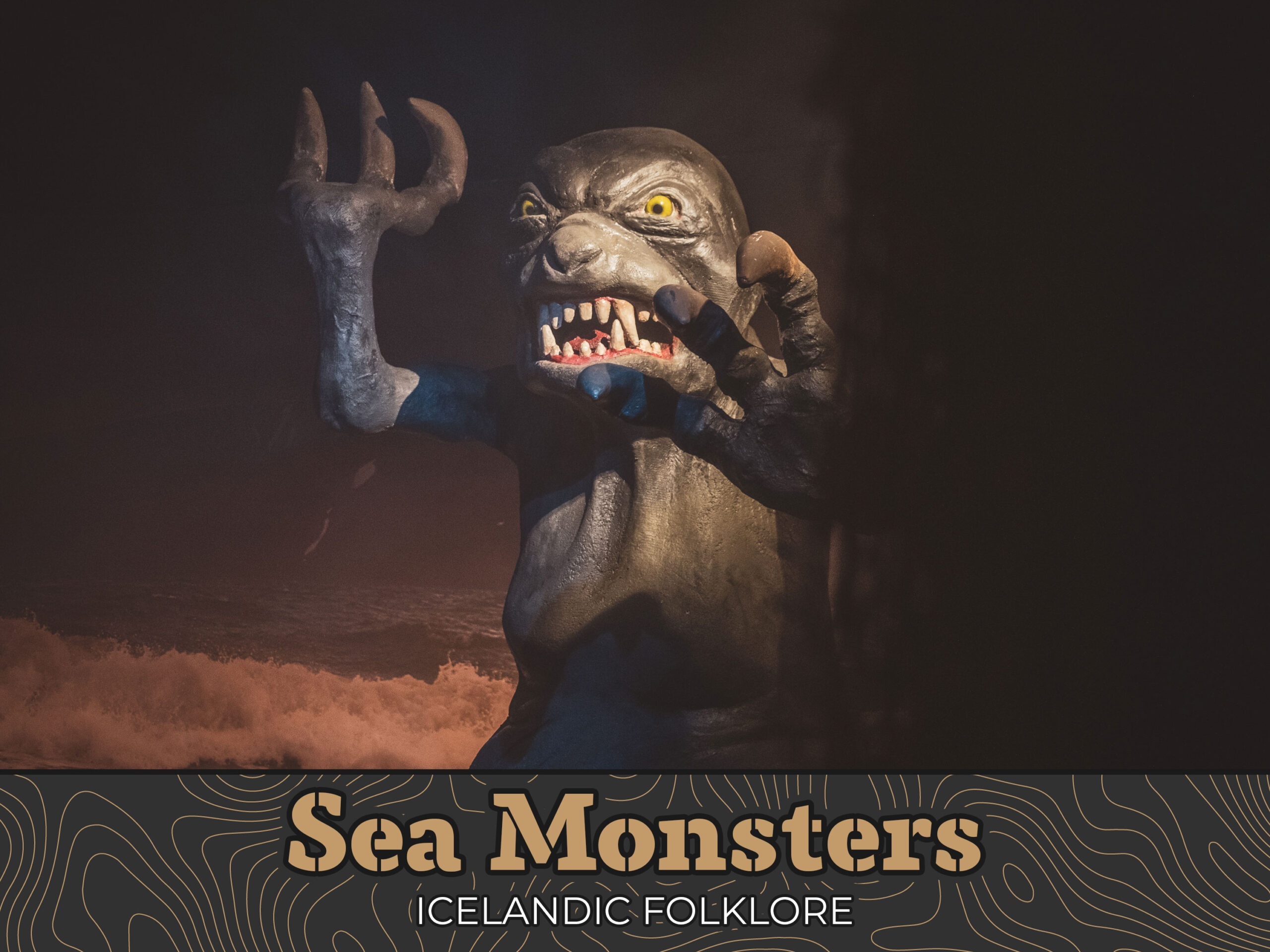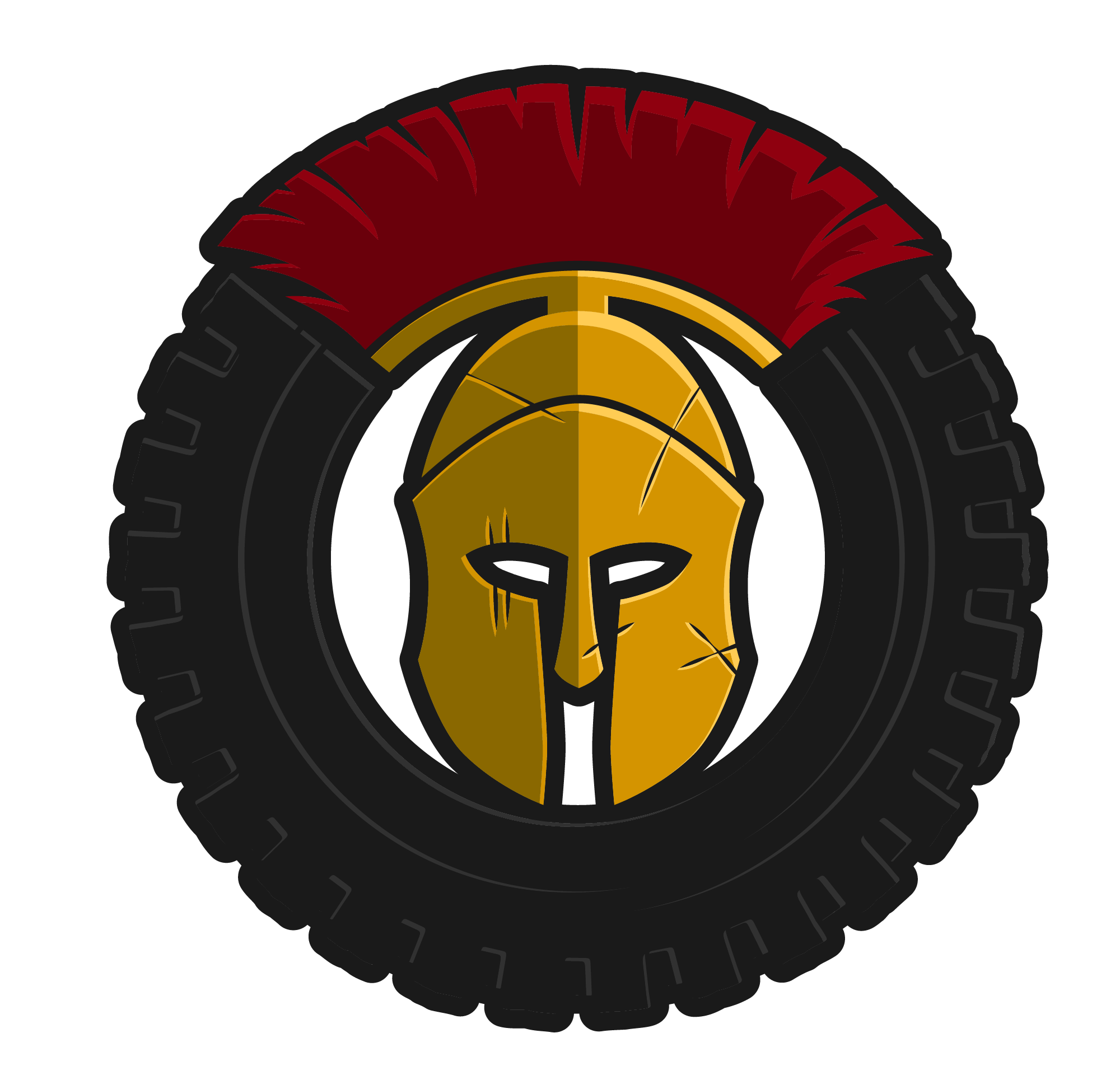
Iceland 🇮🇸
Content
Sea Monsters in Iceland
Sea monsters are part of the mythology and folklore of many cultures—and therefore, also part of their history. From Nessie in Loch Ness to the Kraken in Norse legends and Leviathan in biblical texts—the idea of colossal creatures lurking in the depths of the sea has fascinated humanity for centuries. These beings often reflect both the fear of the unknown and the deep respect for the oceans and their endless mysteries.
Iceland is a land rich in stories and legends, where natural forces and supernatural beings play a significant role. There are numerous accounts of sea monsters spotted along its coasts. Many of these tales are closely tied to the traditional Icelandic way of life, where fishermen and farmers were in direct contact with nature. Particularly famous are the stories of creatures like the Hafmaður and the Fjörulalli, which are said to have been seen along Iceland’s shores.
The Lagarfljótwurm – Iceland’s Own 'Nessie'
Another famous Icelandic sea monster is the Lagarfljótwurm, also known as the 'Icelandic Nessie.' It is said to inhabit Lake Lagarfljót in eastern Iceland and was first mentioned in writing during the Middle Ages. According to descriptions, it is a massive, serpent-like creature with a humped back that occasionally appears at the water’s surface. Legend has it that the worm grew after a girl placed a tiny serpent inside an enchanted gold ring, hoping to make it grow and bring her wealth. Instead of producing gold, the creature became a monstrous beast and was eventually thrown into the lake. To this day, there are recurring reports of sightings of the Lagarfljótwurm—most notably in a 2012 video that reignited the debate over its existence. Unfortunately, our search for it this time was unsuccessful.
The Icelandic Sea Monster Museum
Anyone traveling through Iceland’s Westfjords should visit the Icelandic Sea Monster Museum in Bíldudalur. The museum is dedicated to the numerous sightings of sea monsters that have been documented over the centuries up to the present day. Visitors can read eyewitness reports, watch interviews and videos, and explore an interactive map that brings these stories to life. The exhibits are based on traditional tales, offering a fascinating insight into Icelandic mythology and the mystery of sea monsters. And for those with a sweet tooth—the café serves exceptionally delicious waffles with rhubarb jam!
Hafmaður & Fjörulalli: Two of Iceland’s Sea Monsters
Hafmaður – The Half-Human Monster
The Hafmaður is one of Iceland’s strangest sea monsters. Reports describe it as a creature with a human-like upper body down to the waist, while its lower half is massive and misshapen. Its skin is said to be thick and leathery, with arms that resemble those of a human but are short and end in huge claws instead of fingers. Its legs are extremely short, wide, and webbed. Eyewitnesses claim that the Hafmaður moves with a heavy, slow gait, dragging its broad lower body behind it. Its enormous, menacing eyes and eerie waddling motion only add to the impression of a nightmarish being emerging from the dark depths of the sea.
Fjörulalli – The Shore Laddie
The Fjörulalli, also known as the "Shore Laddie," is the most frequently sighted sea monster in Iceland, with legends dating back to the 18th century. It is described as roughly the size of a pony but with much shorter legs. Its fur is covered in seaweed and shells, and it has a rough, grayish-brown exterior. The Fjörulalli moves clumsily and is notorious for secretly following people along the shore. Many stories claim that it tries to drag unsuspecting wanderers into the sea. According to legend, those who recognize it can escape by running quickly or making a bold leap over the creature. Any resemblance to an ordinary sheep, of course, is purely coincidental.
Sie sehen gerade einen Platzhalterinhalt von Google Maps. Um auf den eigentlichen Inhalt zuzugreifen, klicken Sie auf die Schaltfläche unten. Bitte beachten Sie, dass dabei Daten an Drittanbieter weitergegeben werden.
Mehr InformationenHow to get there?
- Icelandic Sea Monster Museum at Google Maps,
Coordinates: 65°41’11.9″N 23°35’49.2″W
Website: Museum Website - Lagarfljót-See at Google Maps,
Coordinates: 65°05’25.3″N 14°46’04.5″W
